Home
5 Ideas for Having an Eco-Friendly Home
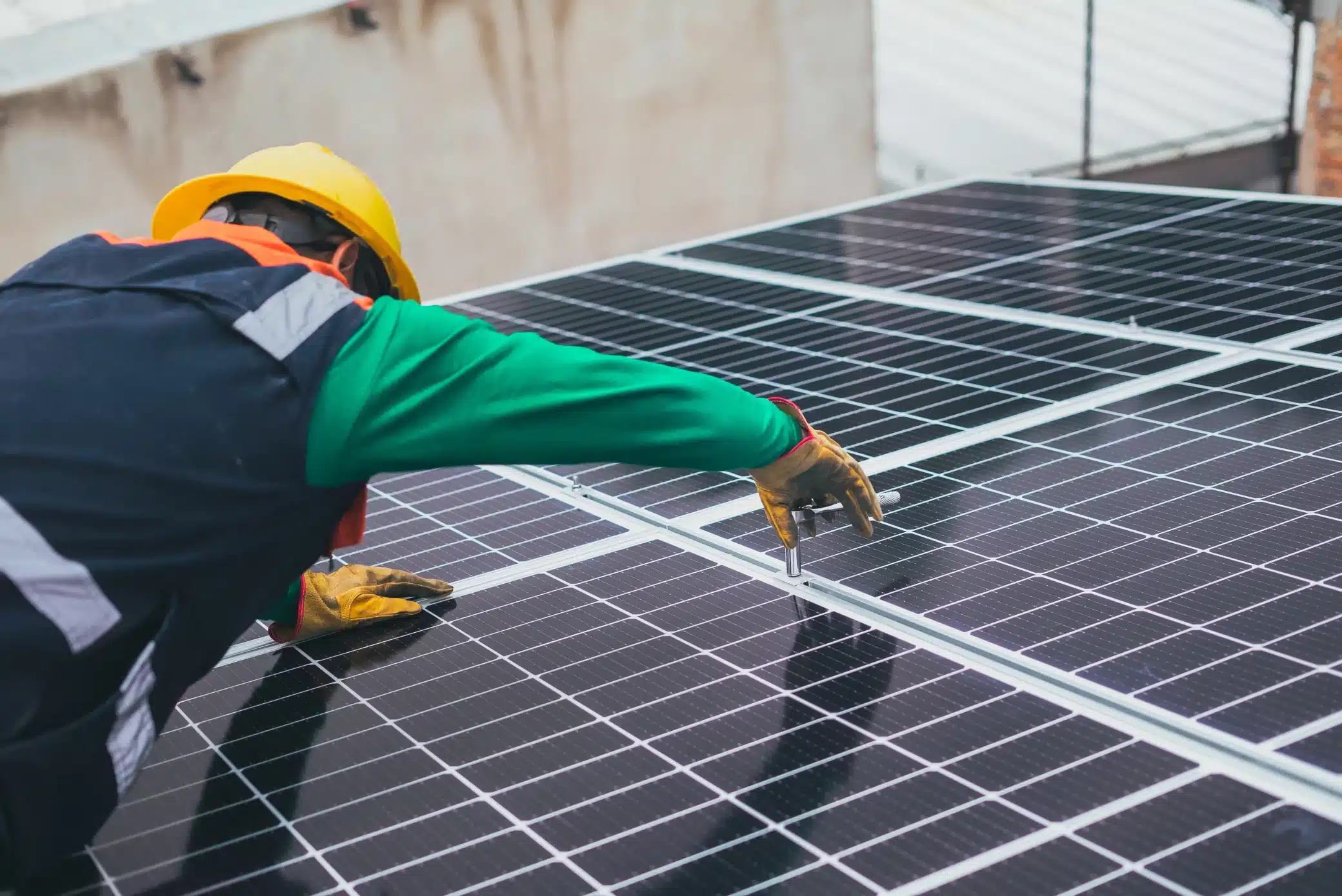
Table of Contents
The need to design eco-friendly homes has grown as the world faces environmental difficulties. It not only helps decrease the environmental effect but also saves money in the long term by lowering energy and water expenses.
This post will provide five suggestions for having an eco-friendly home that will help the environment and your budget.
Use Lights and Appliances That Use Less Energy
Using energy-efficient appliances and lights is one of the most effective strategies to lower your home’s energy use. Energy Star appliances are a wonderful place to start because they are energy efficient.
LED lighting is also a good choice because it consumes up to 75% less energy than standard bulbs and may last up to 25 times longer.
Have Panels for Solar Energy
Putting solar panels on your roof can drastically reduce your energy expenditures. Solar panels may produce clean, renewable energy, reducing your dependency on fossil fuels. Furthermore, solar energy is free, which means you may save money on your electricity bills.
Solar panels are classified into photovoltaic (PV) panels and thermal panels. PV panels turn sunlight into energy, whereas thermal panels capture the sun’s heat and use it to heat your home’s water.
Create a Recycling Plan
Recycling aids in the conservation of natural resources, the reduction of landfill trash, and the reduction of greenhouse gas emissions. You can majorly decrease landfill trash and protect natural resources by analyzing your recycling needs, selecting proper recycling containers, clearly labeling them, defining their placement, and educating your family. Make recycling a part of your everyday routine and contribute to a better world with a little effort and dedication.
Choose Climate-Friendly Plants
Selecting climate-appropriate plants for your eco-friendly house is critical to building a beautiful and sustainable garden. You may construct an ecologically responsible and visually pleasing garden by picking plants that are native to your region, drought-tolerant, perennial, edible, and low-maintenance. You can develop a garden that helps your house and the environment with some study and forethought.
Have a Composting System
Composting is a great technique to decrease household trash while creating nutrient-rich soil for your plant. Composting systems come in various forms, including typical compost piles, worm composting, and compost tumblers.
Worm composting may be a suitable alternative if you have limited space or live in an urban location. Worm composting employs worms to decompose organic materials and produce nutrient-rich soil. Compost tumblers are another popular alternative since they are simple to use and can be spun frequently to accelerate composting.
Factors to Consider When Building an Eco-Friendly Home
Consider the Location of Your Home
The location of your home has a considerable impact on its environmental friendliness. Here are some things to consider:
- To limit your carbon footprint, look for a location close to your office, school, and other key facilities.
- Examine your home’s orientation. South-facing residences receive more sunshine and can benefit from passive solar heating.
- To lessen your dependency on personal automobiles, look for a location near public transportation.
The Health Benefits Are Numerous
Utilizing sustainable building materials can also provide considerable health advantages for you and your family. Sustainable materials are frequently non-toxic and chemical-free, making them safer for indoor air quality.
- Conventional building materials, such as concrete or drywall, might contain hazardous compounds that, over time, can cause respiratory difficulties and other health concerns.
- Natural linoleum, cork, and bamboo flooring are healthier alternatives.
- These materials are simple to clean and maintain and don’t collect dust, mildew, or allergens that might cause respiratory issues.
Include Green Technology
Green technology may assist you in lessening your environmental effect. Here are a couple of such examples:
- To create sustainable energy, install solar panels.
- To efficiently heat and cool your property, use a geothermal heat pump.
- Install a rainwater collection and reuse system to gather and reuse water.
- Make use of energy-saving appliances and lighting fixtures.
How Much Does It Cost to Create an Eco-Friendly Home?
The cost of building an eco-friendly home varies depending on the region, design, and materials used. Eco-friendly homes are frequently more expensive but can save you money in the long term, owing to decreased energy costs. Consult with Colorado architecture firms, or architecture firms near you, to discuss estimates of how much an eco-friendly house will cost.
Is It Difficult to Maintain an Eco-Friendly Home?
It is not difficult to maintain an eco-friendly home. In reality, many sustainable measures, such as lowering water use and composting food waste, are simple to adopt into your everyday routine.
Conclusion
Having and building an eco-friendly house involves careful planning and attention, but the rewards may be substantial. Consider the above ideas for keeping and building an eco-friendly home.
Home
Maximizing Curb Appeal with Modern Roofing Design and Color Choices
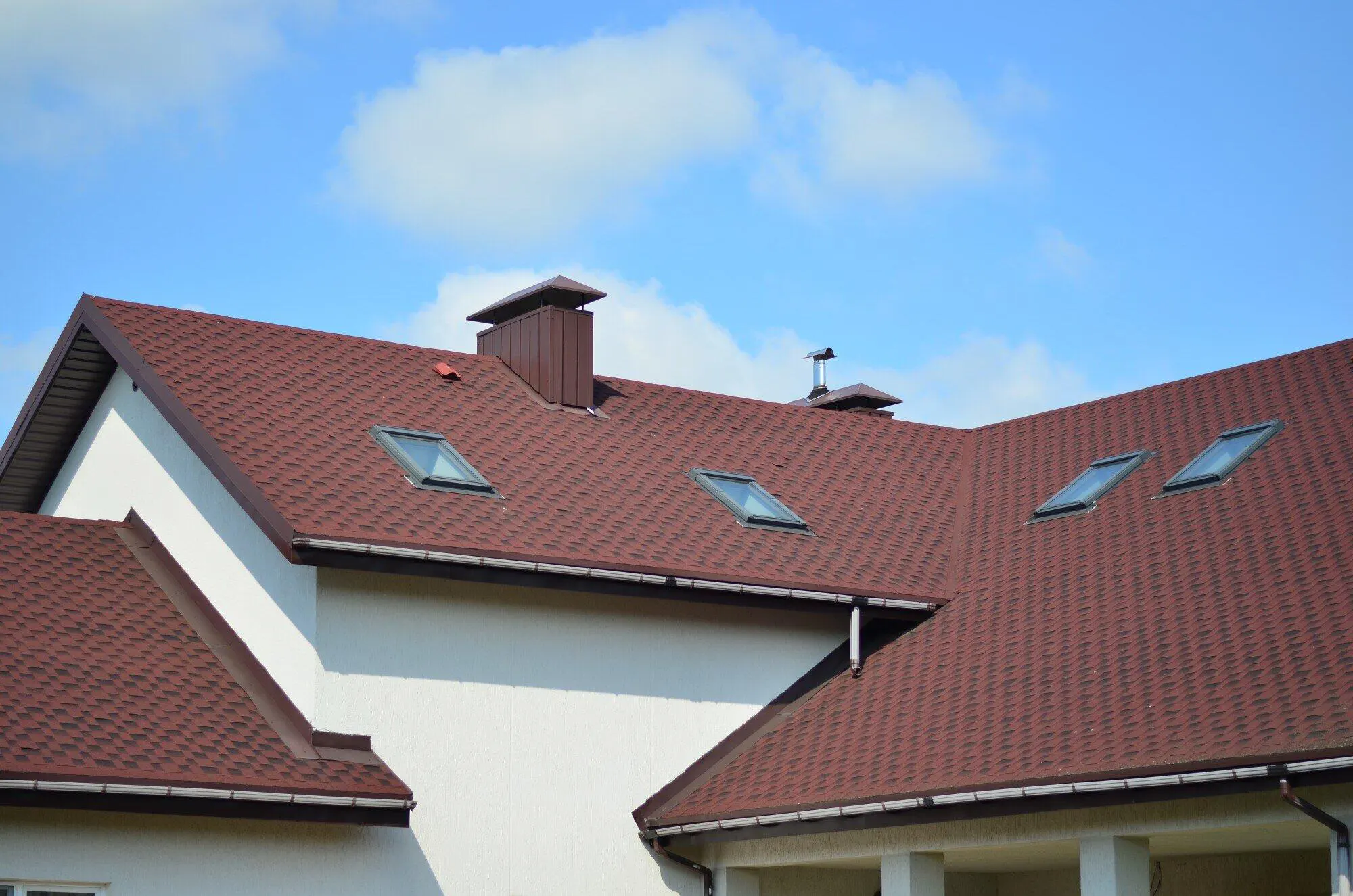
Table of Contents
Have you ever looked at your house and felt something was missing?
Often, the answer is right above you! Your roof can make or break the look of your home. With the right design and color, your roof can boost your home’s appeal.
Ready to make your neighbors green with envy? Keep reading to learn how to maximize curb appeal with modern roofing design.
Choose the Right Material
When picking the material for your roof, think about both looks and how long it will last. Metal roofs come in cool designs and can last a long time. Tiles of clay or concrete are good too because they keep their color for years and can withstand bad weather.
Asphalt shingles are another option. They’re cheaper and come in many colors, but they might not last as long as metal or tile. It’s all about what fits your home’s style and your budget.
Pick Complementary Colors
Choosing the right residential roofing color is very important. It’s like picking out a shirt that looks good with your pants. You want a color that goes well with the rest of your house.
Think about the color of your siding, doors, and even your garden. If your house is a cool gray, a darker roof can look sharp.
But if your home is a warmer color, a lighter roof might work better. Also, remember the rules your neighborhood might have about colors.
Consider Architectural Style
Your house’s exterior home design is key when choosing your roof. Different house styles look better with certain roofs.
For example, modern homes look great with metal roofs because they have a sleek look. But if your home is more traditional, you might want to pick clay tiles or asphalt shingles for a classic vibe.
It’s all about matching your roof to your home’s look. Think about what your house looks like and try to pick a roof that fits that style. This way, your house will look its best from the street.
Focus on Durability
While looks are important, you also need a roof that can stand up to bad weather and last a long time. No one wants to fix their roof every few years! Strong materials like metal or clay can take a beating from the sun and rain.
A great example is Sun Club USA. They offer roofs that don’t just look nice but are tough too. When choosing a roof, think about the weather where you live. If it’s usually hot and sunny, you’ll want something that doesn’t fade or get damaged easily.
Enhance With Accessories
Roof accessories can make your home stand out. Think about adding things such as gutter guards, which are useful and add a neat look to your roof’s edges. Solar panels are another great option.
They make your house look modern and can help save on energy bills. When picking accessories, think about what will make your home look better and what could also be useful.
Maximize Curb Appeal With Modern Roofing
Choosing modern roofing for your house is a smart move. It’s not just about looking good. It’s about making your home stand out in the best way.
With the perfect design and color, your roof will shine. Now, go ahead and give your home the roof it deserves. Your neighbors will surely notice!
Home
The Charm of Cozy: Exploring the Allure of Rustic Cabins
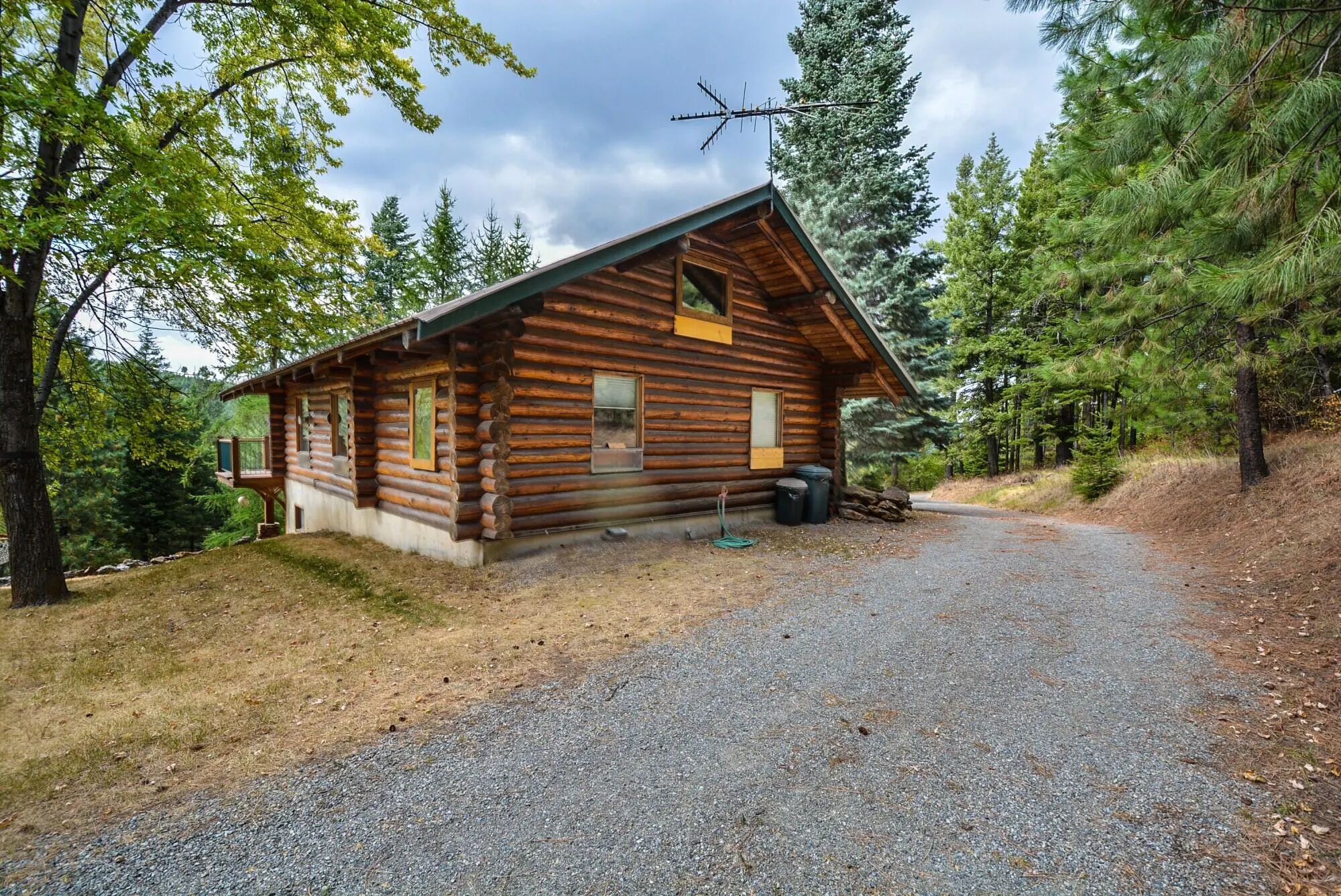
Table of Contents
In the hustle and bustle of modern life, the allure of rustic cabins beckons with a promise of peace and simplicity. But what is it about these cozy retreats that capture our imagination?
It’s not just the escape from the digital world but the unique design elements that evoke a sense of warmth and nostalgia. Each cabin, with its woodsy charm, invites us to slow down and savor the moment.
This blog explores the magnetic appeal of rustic cabins. It uncovers the secrets behind their timeless beauty and how they reconnect us with nature.
Design Elements: A Harmonious Blend of Nature and Comfort
The design of rustic cabins is a delicate balance between nature and comfort. These cabins often feature natural materials such as:
- wood
- stone
- leather
It is seamlessly integrated into the design. The use of raw, unfinished wood creates a sense of earthiness, while stone adds stability and grounding. The combination of these elements creates a warm and inviting atmosphere, making us feel at home even in the middle of the wilderness.
To enhance the natural aesthetic, rustic cabins often have large windows that allow plenty of natural light to flood in. It provides breathtaking views and connects us with nature by bringing the outdoors inside.
Simplicity: The Beauty in Imperfection
While modern architecture often strives for perfection, rustic cabin architecture embraces imperfection. From the uneven logs to the rough-hewn beams, these imperfections add character and charm to the design. It’s this lack of uniformity that gives each cabin its unique personality and makes it feel like a true home.
The furnishings in rustic cabins are often handmade or repurposed, adding to the sense of simplicity and authenticity. This simplicity adds to the visual appeal. It allows us to disconnect from our materialistic tendencies and appreciate the beauty in imperfection.
Escaping the Digital World: A Return to Simpler Times
In today’s digital age, it’s easy to feel overwhelmed and connected. Rustic cabins offer a much-needed respite from the constant stream of information and notifications. With no Wi-Fi or cell service, these cabins allow us to unplug and relax.
But it’s not just about being disconnected from technology; rustic cabins also transport us back in time to a simpler way of life. The lack of modern conveniences forces us to slow down and appreciate the simple pleasures of nature, such as:
- sitting by a crackling fire
- stargazing in a clear night sky
For those captivated by the rustic charm but seeking an elevated experience, treehouse rentals offer a unique blend of coziness and adventure. Discovering the perfect getaway is now a click away on the dedicated page for treehouse rentals, where each listing promises an unforgettable connection with nature and a break from the everyday.
Discover the Timeless Appeal of Rustic Cabins
In a world where everything seems to move at lightning speed, rustic cabins offer a welcome escape. With their harmonious blend of nature and comfort, simplicity, and ability to reconnect us with nature, it’s no wonder that these cozy retreats continue to capture our hearts and minds.
So, the next time you need a break from the chaos of everyday life, consider escaping to a rustic cabin and discovering its timeless appeal for yourself.
Home
Expert Tips for Choosing the Right Residential Electrician Services for Your Home
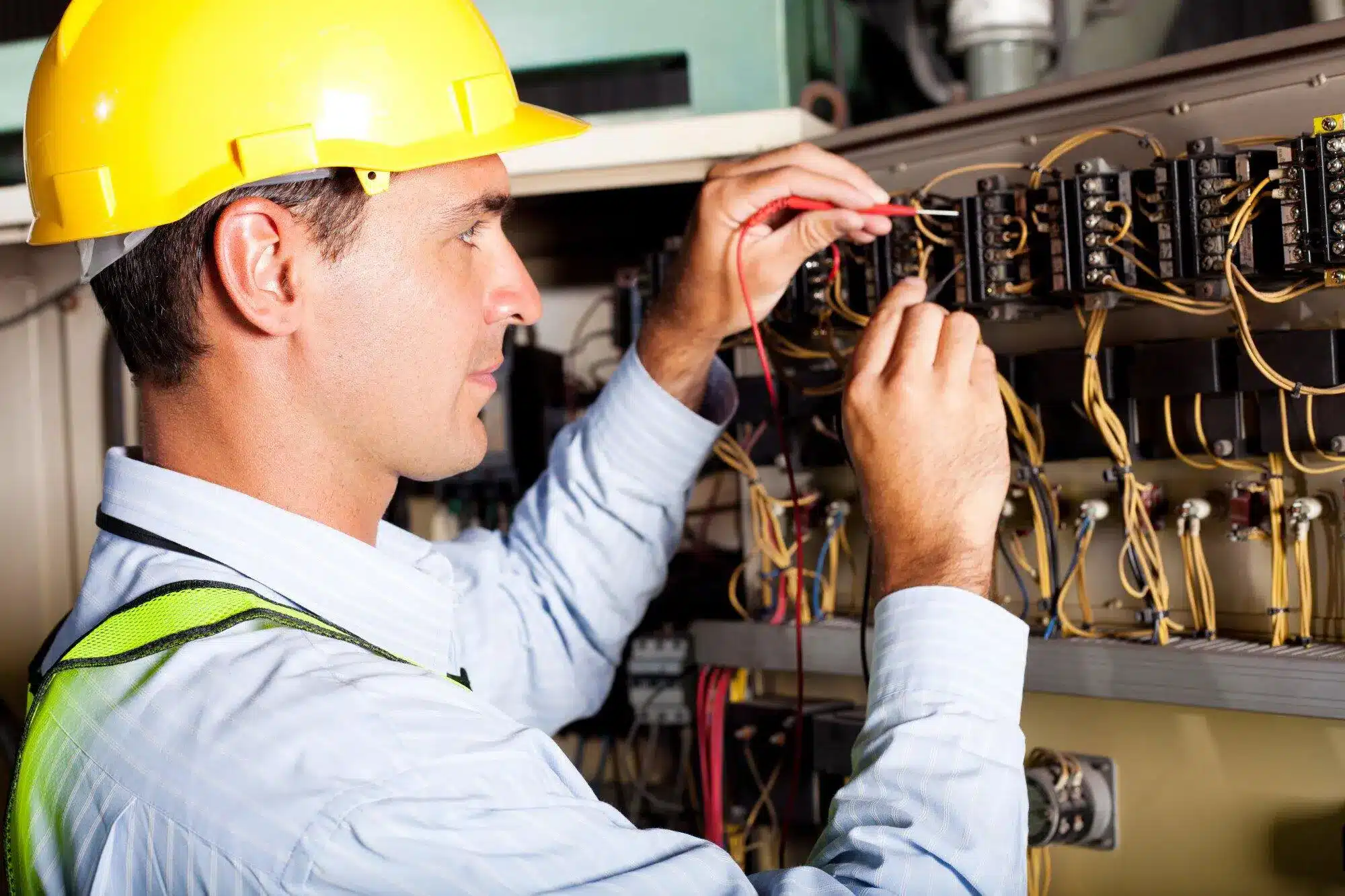
Table of Contents
When it comes to your home’s electrical needs, it is important to choose the right residential electrician services. So many options are available. It can be overwhelming to determine which company will best meet your needs.
To help you in your decision-making process, here are some expert tips for choosing the right residential electrician services for your home.
Check Credentials and Licenses
You should always check the credentials and licenses of any residential electrician services you are considering. This ensures that they have the necessary training and knowledge to perform quality work in your home.
Look for companies like LINC Electric, that are licensed, bonded, and insured. This is to protect yourself and your property in case of any accidents or damages.
Ask for Recommendations
One of the best ways to find a reputable residential electrician service is by asking for recommendations. This can be from friends, family, and neighbors.
People are more likely to recommend services that have provided them with satisfactory results. This also allows you to get a first-hand account of their experience and the quality of work.
Experience and Specialization
It is also important to consider their experience and specialization. Some companies may specialize in specific electrical services. This includes lighting or rewiring.
Others may have more experience in certain types of homes or buildings. Be sure to choose a company with the necessary expertise for your particular needs.
Get Multiple Quotes
It is important to get many quotes from different residential electrician services. This ensures that you are getting the best value for your money.
It allows you to compare prices, services offered, and warranties provided. But, be cautious of extremely low prices as it may indicate subpar work or the use of inferior materials.
Read Reviews and Testimonials
Besides recommendations, it is also beneficial to read online reviews from previous customers. These can provide valuable insights into the company’s work ethic, communication, and customer satisfaction.
Inquire About Emergency Services
Electrical emergencies can happen at any time. So, it is important to choose a residential electrician service that offers 24/7 emergency services. This ensures that you can get immediate electrical help in case of any urgent issues in your home.
Consider Communication and Customer Service
Good communication and excellent customer service are important qualities to look for in a residential electrician service. They should be responsive and informative. They should also be willing to answer any questions or concerns you may have.
Don’t Sacrifice Quality for Cost
While it is important to stick to your budget, don’t sacrifice quality for cost. Cheaper residential electrical services may end up costing you more in the long run if the work is not done or requires frequent repairs. Invest in a reputable and experienced service electrician to ensure the safety and efficiency of your home’s electrical system.
Choose the Right Residential Electrical Services with this Guide
Choosing the right residential electrician services for your home can be a daunting task, but with these expert tips, you can make an informed decision. By following these tips, you can ensure that your home’s electrical needs are in good hands. So, be diligent in your research and choose a reputable company to provide you with reliable and high-quality services for all your residential electrical needs.
Your safety and satisfaction should always be the top priority. Happy hunting!
-

 Travel4 years ago
Travel4 years agoThe Family of Kirk Passmore Issues a Statement Regarding the Missing Surfer
-

 Technology3 months ago
Technology3 months agoManyroon: The Key to Unlocking Future-Proof Business Solutions
-

 Cryptocurrency1 year ago
Cryptocurrency1 year agoBest Tips For Cryptopronetwork com Contact 2024
-

 Technology3 years ago
Technology3 years agoPaturnpiketollbyplate Login & Account Complete Guide Paturnpike.com
-

 Apps & Software2 years ago
Apps & Software2 years agoFapello 2023: Social Media Platform for NSFW Content
-

 Business3 months ago
Business3 months agoCoyyn.com Gig Economy: Smart Contracts and Fair Payments for Freelancers
-

 Business4 months ago
Business4 months agoAcumen: The Key to Smart Decision-Making and Success
-
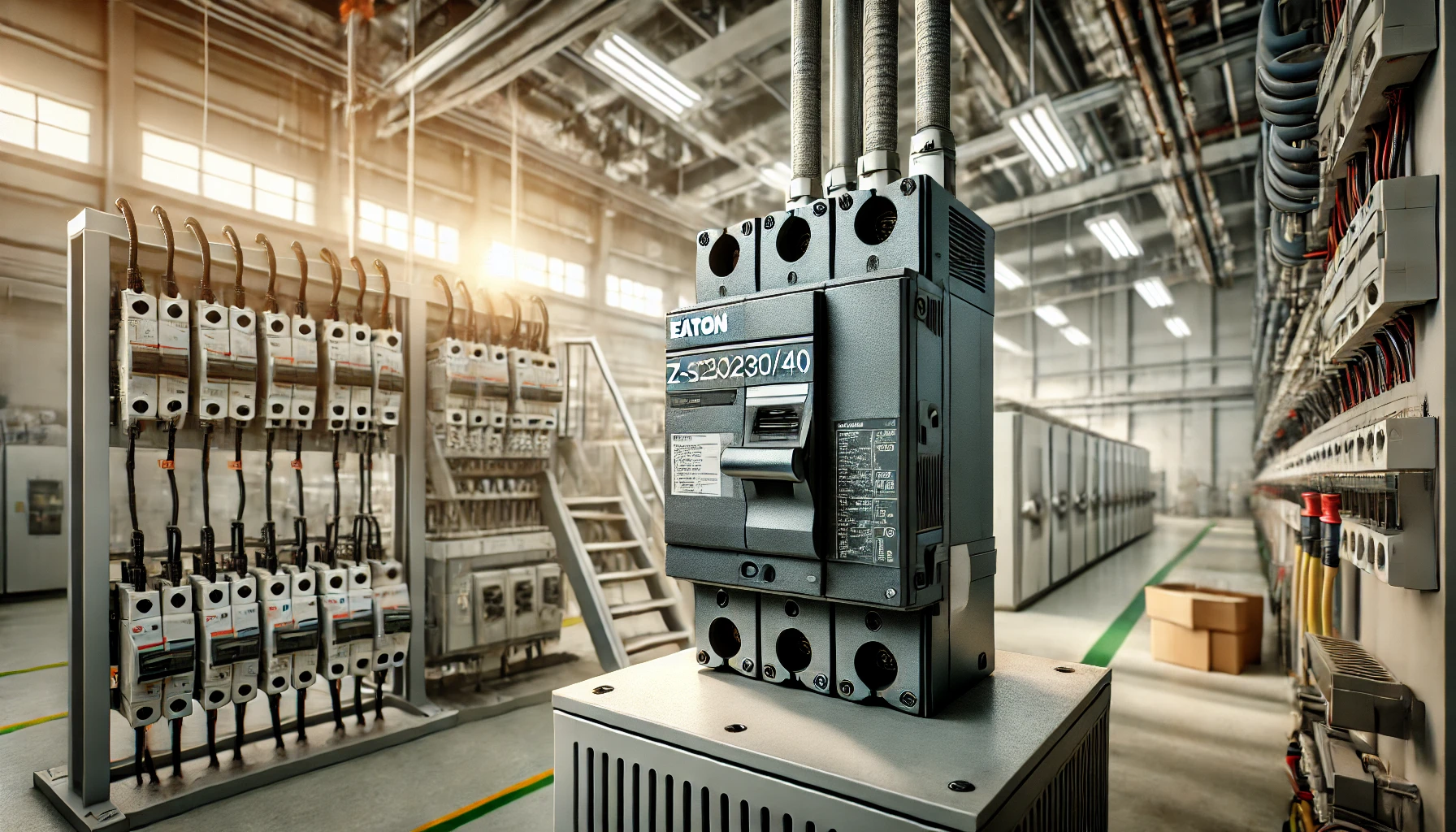
 Technology4 months ago
Technology4 months agoEaton Z-SCH230/40-40 Brummt? Causes, Fixes, and Solutions






